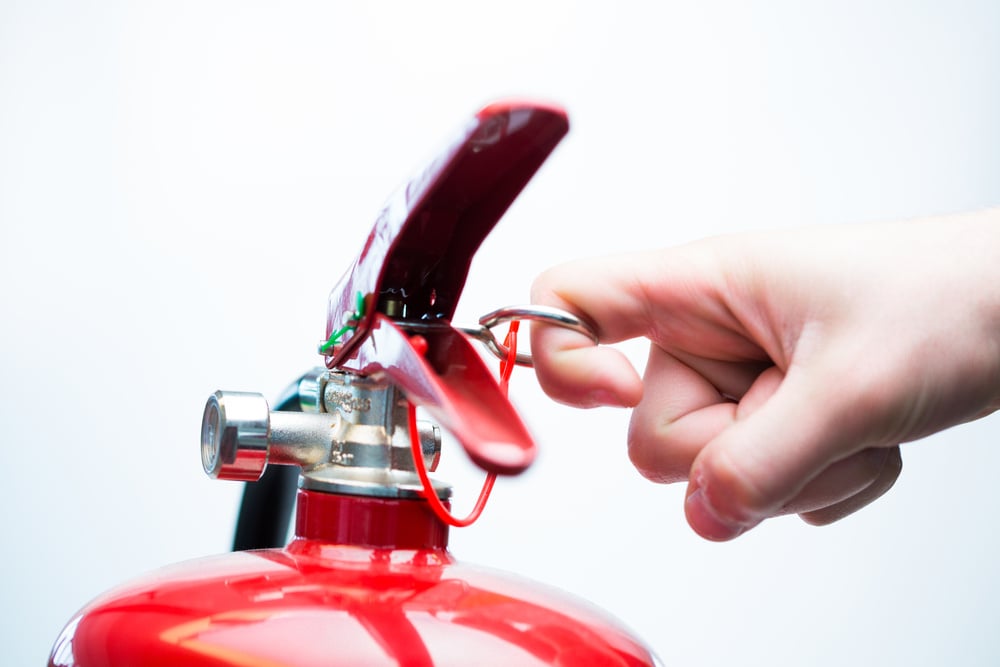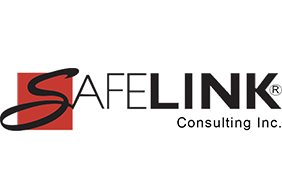October is Fire Prevention Awareness Month! The perfect time to stop, drop, and... rethink the fire safety protocols in your dental practice or lab.
As dentistry continues to transition from traditional impressions to the digital world, we're reducing some biological hazards but creating new physical ones. Cue the rise of 3D printing chemicals—flammable resins, 99.9% isopropyl alcohol, and other fiery friends that can be as dangerous as they are helpful.
While reducing biological hazards is a win, dental pros and lab techs now have to manage flammable materials that bring a different kind of heat. So, how can you protect your lab or practice from becoming the next hotspot? Let’s dive in.
Know Your Chemicals and Their Fire Risks
When you think of "99.9% isopropyl alcohol," danger might not be the first thing that comes to mind. However, this everyday chemical is highly flammable and poses significant risks in various settings. Its high volatility means that even a small spark or static discharge can ignite it, leading to potentially catastrophic fires. When mixed with machinery, equipment, or open flames, the risk escalates dramatically, transforming what might seem like a benign substance into a serious fire hazard. This is especially concerning in environments like dental practices and labs, where the use of electrical equipment and heat-generating tools is common. Therefore, understanding the properties and risks associated with isopropyl alcohol is crucial for maintaining a safe workspace.
Acrylic resins often used by dental pros and lab techs can ignite if exposed to high temperatures. Solvent products, like alcohol-based disinfectants and adhesives are highly flammable and should be handled with care. The heat generated from engraving and polishing instruments and equipment can ignite surrounding materials if not monitored properly. Ensuring that these items are stored away from heat sources and are used according to manufacturer instructions is crucial. Regularly inspecting workspaces for any signs of spills or excessive clutter can also help minimize risks. It’s essential to understand what you're working with and to have solid safety protocols for handling, storing, labeling and disposing of chemicals.
Handling Flammable Chemicals: Always wear proper personal protective equipment (PPE) like gloves and safety goggles. Use flammable chemicals in well-ventilated areas, away from heat sources, open flames, or sparks. Ensure you’re working with the smallest amount necessary to reduce risk.
Storing Flammable Chemicals: Store them in designated, approved containers with tight-fitting lids. Keep them in a cool, dry place, away from direct sunlight, electrical outlets, or other ignition sources. It’s best to use a fire-resistant cabinet for high-risk chemicals and always refer to OSHA flammable chemical storage requirements.
Learn more about OSHA's Hazardous Materials regulation.
Labeling Chemicals: Employers are required to label flammable materials according to OSHA's Hazard Communication Standard (HCS). OSHA requires that flammable materials be clearly labeled with standardized elements, including:
- Product Identifier: Name or chemical designation of the substance.
- Signal Words: "Danger" for more severe hazards or "Warning" for less severe.
- Pictograms: A flame icon must be displayed to indicate flammability.
- Hazard Statement: Describes the nature of the hazard.
- Precautionary Statements: Instructions on safe handling, storage, disposal.
Employers must also ensure that all employees are trained on how to read and understand these labels.
Disposing of Flammable Chemicals: Never pour flammable liquids down the drain or dispose of them with regular trash. Follow local regulations for hazardous waste disposal, which often include using designated disposal containers and working with a licensed hazardous waste removal service. Proper disposal keeps both your workplace and the environment safe. Follow your state hazardous waste regulations for disposal of flammable chemicals.
Pro tip: Keep a safety data sheet (SDS) for all your chemicals on hand. Not only is it a requirement, but it’s also a lifesaver—literally. Safety Data Sheets are documents required by the OSHA Hazard Communication Standard (HCS) to provide detailed information about hazardous chemicals in the workplace. SDSs are designed to inform employers and employees about the safe handling, storage, and disposal of chemicals, as well as emergency procedures in case of exposure.
Emergency Preparedness
Having a fire extinguisher that is ready to go and a working alarm system is essential, but it’s not the only thing that will save your bacon. Implementing an emergency action plan with regular fire drills will help ensure your employees know how to respond if a fire breaks out. Ensure that all staff members know where the emergency exits are located and always keep them clear and easy to access.
And don’t forget about proper ventilation—using flammable materials in a small, unventilated space can make matters worse. Maintain good ventilation in areas where flammable materials are used or stored to disperse any accumulated vapors. Learn more about Emergency Preparedness.
How Prepared Is Your Business for an Emergency Response?
Equip Employees with Fire Safety Knowledge
It is important to remember that fire safety is everyone’s responsibility. This Fire Prevention Awareness Month, take the opportunity to review your facility's fire safety plan. Are all employees aware of the locations of fire extinguishers? Do they know how to operate them? Understanding how to react in an emergency is just as crucial as prevention, so ensure you and your team are well-versed in the PASS method for using a fire extinguisher.
P is for Pull - Pull the pin on the fire extinguisher! This will break the seal and allow you to use the extinguisher.
A is for Aim - Aim low and hold the extinguisher with the nozzle pointing towards the base of the fire.
S is for Squeeze - Squeeze the handle to release the extinguishing agent.
S is for Sweep - Sweep the nozzle from side to side until the fire is completely put out.
Discover more about Fire Prevention in the Workplace - How to Use Fire Extinguishers
Regular training sessions on this method can ensure that everyone knows what to do in case of an emergency. Conducting regular fire drills, ensuring that all fire extinguishers are up to date and easily accessible, and training staff on how to handle and store flammable materials safely will also help protect both your employees and your patients from the dangers of fire.
Fire risks aren’t just for welding shops or factories—they’re real in dental settings too. With the rise of flammable 3D printing chemicals, it’s more important than ever to stay vigilant. Dental workers and lab technicians often use a variety of materials and equipment that can pose significant fire hazards if not properly managed. October is the perfect time to refresh your fire safety protocols, ensuring that your workplace doesn’t become a hot topic for all the wrong reasons.
So, as you prepare for this spooky season, let’s make sure the only thing getting lit is your pumpkin spice candle—far away from the 99.9% isopropyl alcohol, of course. For help with an Emergency Action Plan for your facility - Reach out to SafeLink Consulting for support.
Learn more about how SafeLink Consulting can support your business with compliance services, including safety compliance to meet OSHA training requirements and quality system consulting to achieve FDA compliance.







Leave Comment